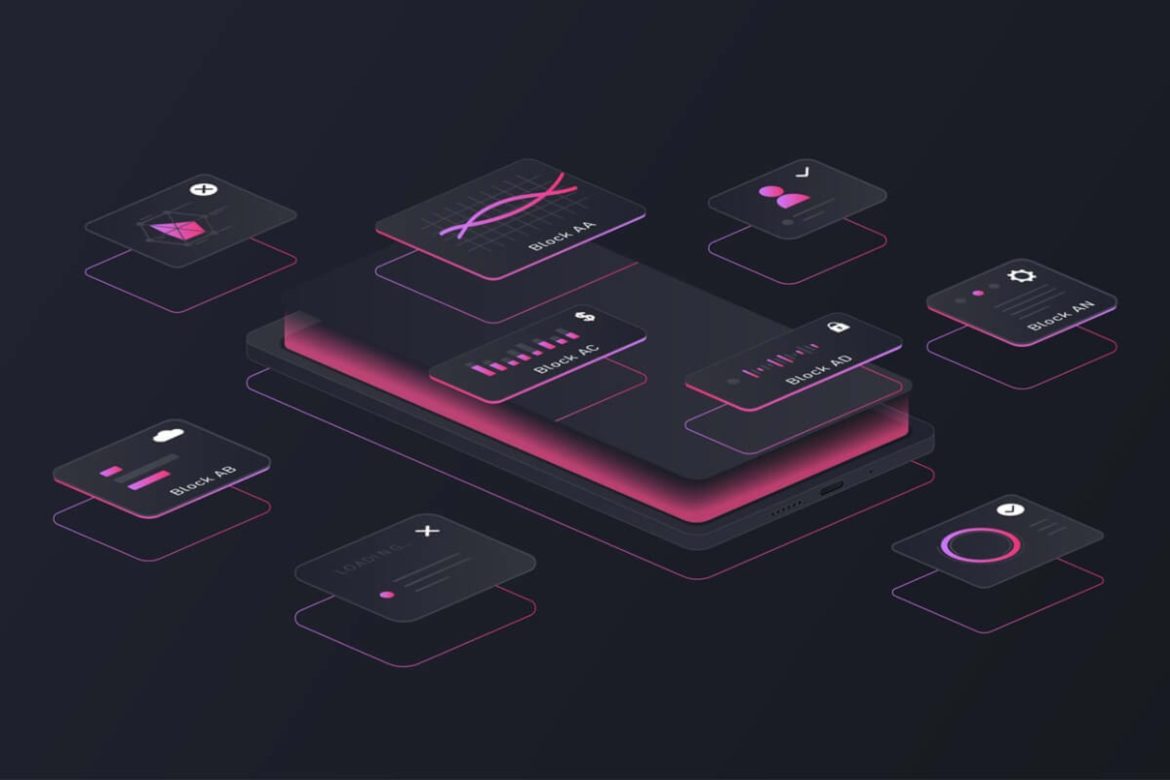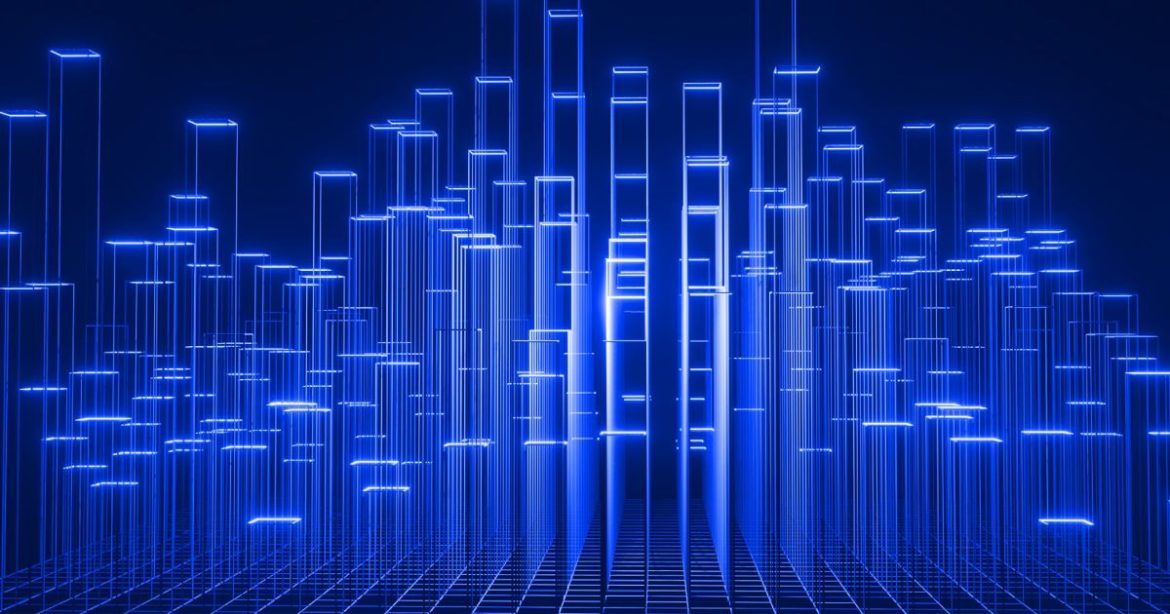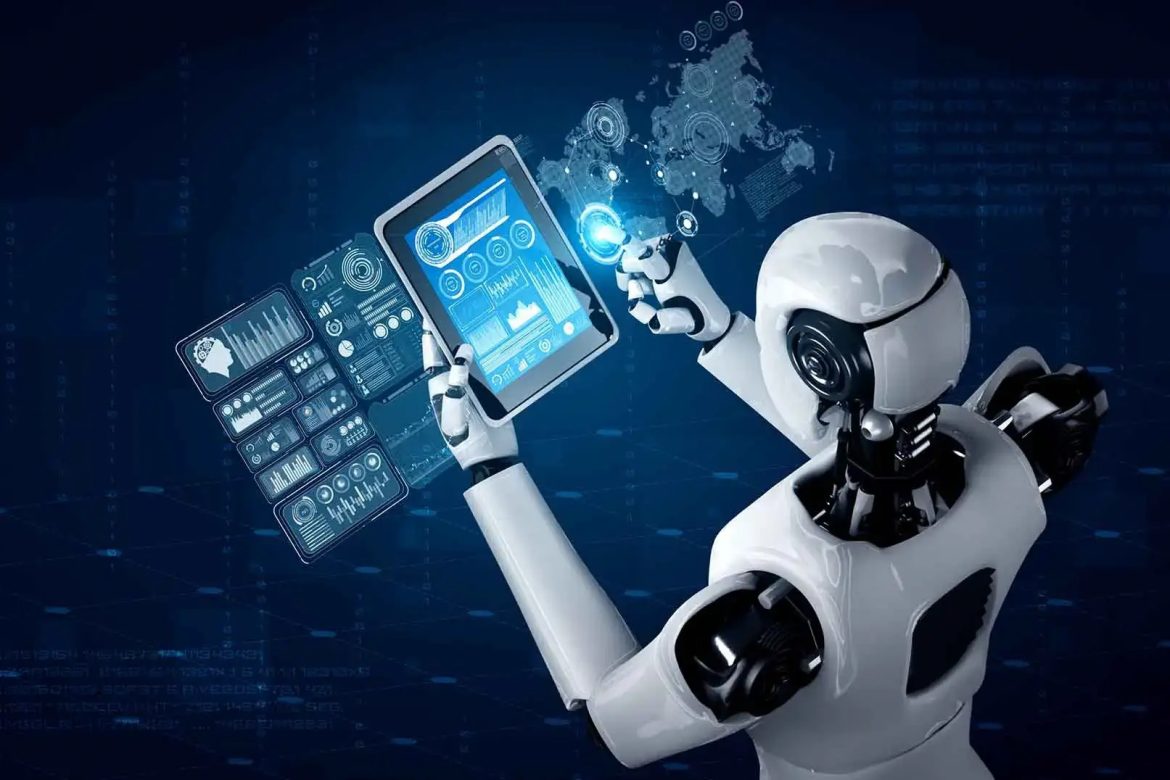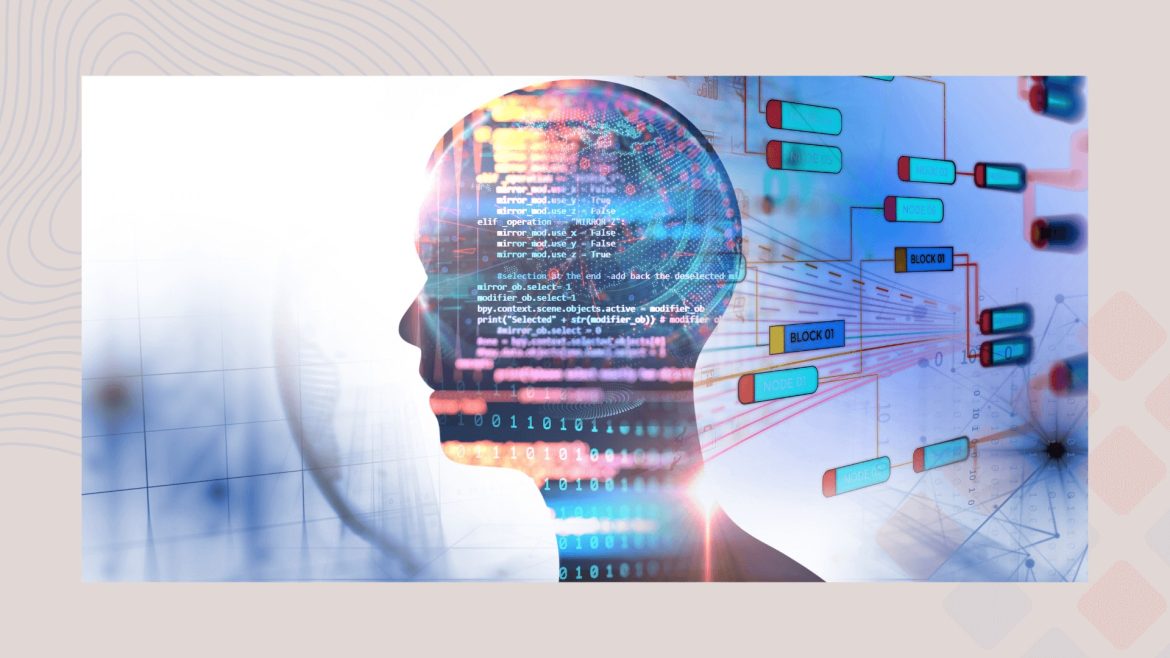User Interface (UI) design is a dynamic field that constantly evolves to meet the changing needs and preferences of users. As we approach 2023, it’s essential to stay ahead of the curve by understanding the latest trends and innovations in UI design. In this article, we’ll explore expert insights into the evolution of user interface design and the software UI trends that will shape the digital landscape in 2023.
Embracing Minimalism and Simplicity
In recent years, UI design has been moving towards minimalism and simplicity. The emphasis is on creating clean, clutter-free interfaces that prioritize essential content and actions. Minimalistic design reduces cognitive load, making it easier for users to navigate and interact with software.
Simplicity in UI design involves:
- Streamlined Navigation: Simplified navigation menus and intuitive icons help users find what they need quickly.
- Whitespace: Effective use of whitespace provides visual breathing room and improves readability.
- Reduced Visual Noise: Eliminating unnecessary elements and distractions enhances the user’s focus on key information and tasks.
Dark Mode and Color Schemes
Dark mode has gained immense popularity, and it’s here to stay in 2023. Dark mode not only reduces eye strain in low-light environments but also adds a touch of modernity to UI design. However, it’s essential to offer users the option to switch between light and dark modes to cater to personal preferences.
Moreover, color schemes in UI design are becoming more sophisticated. Designers are experimenting with gradient backgrounds, bold color contrasts, and vibrant palettes to create visually appealing and engaging interfaces. Customizable color schemes are also being introduced to allow users to personalize their experience.
Interactive and Dynamic UI Elements
Static interfaces are giving way to interactive and dynamic UI elements. Microinteractions, such as animated buttons, subtle transitions, and hover effects, add depth and interactivity to user interfaces. These microinteractions not only enhance the user experience but also communicate feedback and functionality.
Moreover, the use of animations and motion design is on the rise. When used judiciously, animations can guide users through workflows, convey context, and provide a sense of continuity between different parts of the software.
Voice and Gesture Interfaces
As technology advances, voice and gesture interfaces are becoming more integrated into UI design. Voice-controlled commands and smart assistants like Siri, Alexa, and Google Assistant are increasingly integrated into software applications. Users can perform actions and access information simply by speaking to their devices.
Gesture-based interfaces, commonly found in touch-screen devices, are also gaining traction in software design. Swiping, pinching, and tapping gestures offer intuitive ways to interact with applications on smartphones, tablets, and even desktops.
Inclusive and Accessible Design
Accessibility in UI design is no longer an afterthought—it’s a fundamental consideration. Designers are incorporating accessibility features from the outset, ensuring that software is usable by individuals with disabilities. This includes providing alternative text for images, keyboard navigation, and compatibility with screen readers.
Inclusive design principles are also being applied to accommodate a diverse user base, including different cultures, languages, and age groups. Creating UIs that are universally accessible and user-friendly is a top priority in 2023.
Personalization and AI-driven UI
Personalization is a key trend in UI design, driven by the capabilities of artificial intelligence (AI). AI algorithms analyze user behavior and preferences to tailor the interface to individual users. This includes personalized content recommendations, adaptive layouts, and context-aware features.
Additionally, AI-powered chatbots and virtual assistants are becoming more sophisticated in their interactions with users. Natural language processing and machine learning enable chatbots to provide real-time assistance, answer questions, and even complete tasks within the software.
Conclusion
As we venture into 2023, the world of user interface design continues to evolve rapidly. Embracing minimalism, dark mode, interactive elements, voice and gesture interfaces, accessibility, personalization, and AI-driven UIs are all essential components of staying ahead in the field of UI design.
Designers and developers must remain adaptable and responsive to changing user expectations and technological advancements. By incorporating these trends and best practices into their work, they can create software interfaces that are not only visually stunning but also highly functional and user-centered, setting the stage for a successful digital experience in 2023 and beyond.





